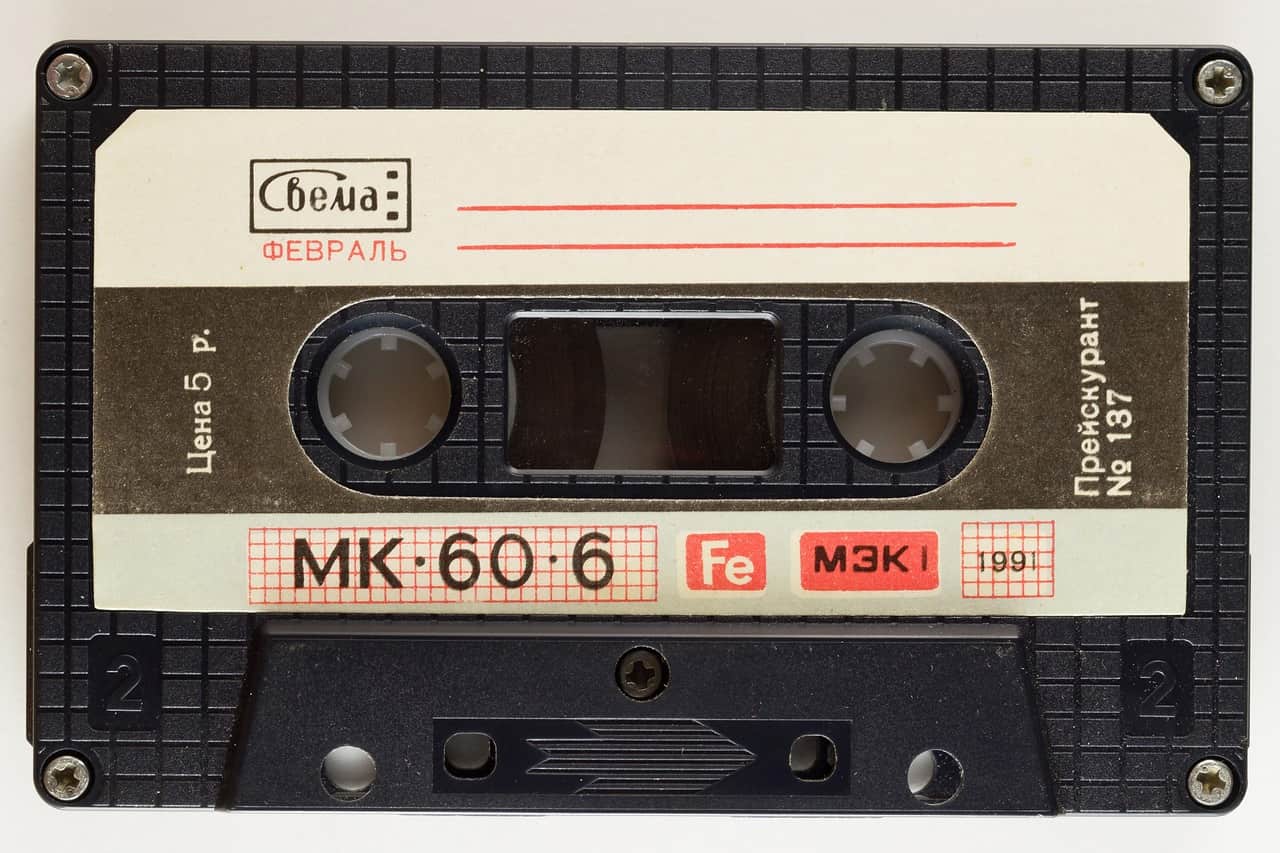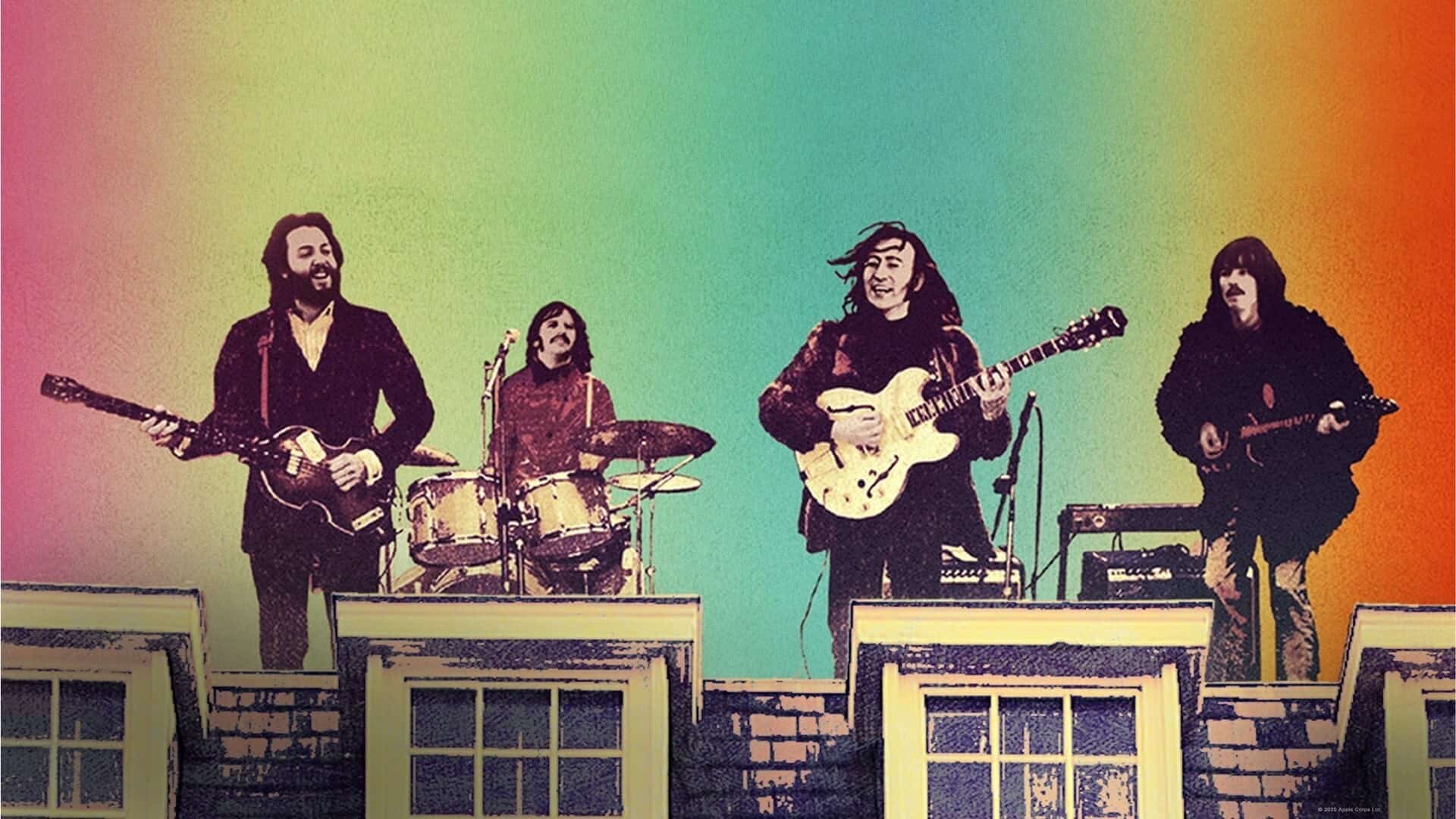
As the cassette tape celebrates its 60th anniversary, it has made an impressive comeback, for example in tv-shows like Stranger Things. While it might not be as dominant as the vinyl record trend, it’s certainly making its presence known. The cassette tape’s journey, from notepad, to mixtape, to forgotten format and now, to a beloved vintage medium, is a testament to its enduring appeal.
- Sixty years ago, the unassuming cassette tape made its debut at a trade show in Berlin
- The cassette’s allure soared even higher with the introduction of the Sony Walkman in the 1980s
- In an unforeseen twist, recent years have witnessed a striking revival of the cassette tape. Artists like Justin Bieber and Taylor Swift have championed the format by releasing albums on it.
From notepad to mixtape
The humble cassette tape was introduced 60 years ago at a trade show in Berlin. It was invented by Dutchman Lou Ottens, an employee of Philips at its Hasselt plant. The simple plastic rectangle filled with magnetic tape, marked a major turning point in the way we consume music. Originally designed as a speaking notepad, the cassette gained popularity for recording songs from the radio, allowing people to create their own mixtapes with ease. This newfound ability to customise music playlists put the cassette tape on the map, transforming it from a simple recording device into a cultural icon.
The introduction of the Sony Walkman in the 1980s further boosted the cassette tape’s popularity. This portable device made it possible for individuals to take their music with them wherever they went, making the cassette tape a staple on the streets and a must-have for every music lover.

Fading popularity and the rise of digital
Despite the cassette tape’s popularity, the emergence of Compact Discs (CDs) in the late 1980s and early 1990s led to a decline in its use. CDs offered a clearer sound quality and the ability to skip tracks easily, quickly replacing the cassette tape as the preferred medium for music consumption. The cassette tape was relegated to the shelves, gathering dust as digital formats took over the music industry.
Over time, digital music transformed into a more convenient and accessible platform, allowing users to store thousands of songs on a single device. With the advent of streaming services like Spotify and Apple Music, physical music mediums seemed to be a thing of the past, or so it seemed.
The unexpected resurgence
In recent years, there has been a surprising revival of the cassette tape. Artists such as Justin Bieber and Taylor Swift have started releasing albums on cassette tapes again, signalling a renewed interest in this once-obsolete format. This resurgence is not just a fleeting trend; it reflects a broader shift in how we consume music today.
The appeal of the cassette tape lies in the unique listening experience it offers. Unable to skip tracks, listeners are encouraged to engage with an album as a cohesive piece of art, rather than a collection of individual songs. This way of listening, combined with the warm, distinctive sound quality of cassette tapes, offers a respite from the perfection of digital formats.
The film industry has played a significant role in supporting this trend. The inclusion of cassette tapes in popular shows like ‘Stranger Things’ and films like ‘Guardians of the Galaxy’ has helped reintroduce this vintage medium to a new generation. These pop culture references have bolstered the cassette tape’s image as a cool, retro object, further driving its resurgence.
So, as the cassette tape celebrates its 60th anniversary, it’s clear that it has made an impressive comeback.

